Since my earliest days when training as a student photographer and designer, my fascination with and love of black and white photography has remained constant and today monochrome photography accounts for over nine tenths of my output as a Leica photographer.
My chosen career as a graphic designer ensured my work always involved an intimate yet varied involvement with photography. Here my photographic training was to prove invaluable. For over 40 years I worked with photographic imagery, commissioned photographers, art directed photo shoots both in-studio and on location and developed photographic styling briefs. The technical and creative be- nefits gained from this work gave me the confidence to end my design career and re-direct my creative energies to photography.
Although my change of direction was made from a standing start, I had owned a Leica M6 for many years. Then in 2006 I bought my first digital Leica, an M8. Working first in both colour and black & white, it was not long before my love of monochrome photography clarified the way forward.
The M8 was then joined by an M9 and, in 2014, I took a loaned Leica M9 Monochrom with me on a two-week documentary shoot on the Outer Hebrides. This trip proved a perfect opportunity to see if the many positive reviews of the camera I had read were valid. As it turned out, they were indeed valid. From the moment I saw the first images on screen I knew that the technical and creative edge offered by the Monochrom was exactly what I had been searching for.
Of course, I realise that for many the Monochrom is not going to be the camera of choice and therefore this article may be of only passing interest. However if like me you have a passion for black and white photography then I hope my observa- tions as an avid user may be of interest.
Making the Monochrom commitment
Having used the Leica M9 Monochrom, I took the financial plunge in 2016 and bought my own camera – the M240-based Monochrom (Typ 246). This is now my primary camera and is used for most my work. I have yet to work with the Leica M10 Monochrom or Q2 Monochrom but know from reviewing prints and discussions with owners that these latest members of the Monochrom family are exceptional. I will focus on what added creative dimensions I believe the Monochrom offers.
Simplicity is the key
I believe simplicity lies at the heart of effective photography and design. Simplicity also is the keystone of the Leica heritage and Leica product design. Elimination of all superfluous components allows us to concentrate on precise observation and effective composition. This is true of all Leica cameras, but even more so with the Monochrom family where the special sensors ensure we can only ‘see’ and work in monochrome, allowing us to focus on the dynamics of composition, the relative proportions of our subject and work with wonderfully enhanced greyscale capture.
Unrivalled imaging quality
The special Monochrom sensors bring huge creative benefits which cannot be overstated. Monochrom allows us to shoot hand-held in ultra low-light conditions and provides the ability to use extremely high ISO settings without incurring the penalties of unwanted and unsightly noise. When we couple these benefits with the astonishing imaging quality of Monochrom sensors, we have cameras which al- low the adventurous photographer to push creative boundaries further than ever. We discover new ways of shooting, new ways of seeing and new ways of printing due to the huge dynamic range offered by captured Monochrom image files.
No more digital filters
In common with many Monochrom photographers, I use a yellow filter for nearly all my outdoor location work. Unlike ‘conventional’ digital images, Monochrom-gener- ated images cannot have filter effects applied in post production. They have to be shot with glass filters fixed at the moment of exposure. This does mean that the fil- ter impact on Monochrom images cannot be removed or changed in post produc- tion, say from yellow to orange.
Plan ahead for post-production
Experimentation has shown me that highlights on Monochrom images can be ‘blown out’ or contain insufficient tonal detail to be printed. I therefore compensate for this when shooting and usually set the Exposure Value (E/V) to minus one third or minus two thirds. This helps retain very light tonal detail, especially in skies and clouds. I then usually lighten my darks to compensate and obtain a fully toned im- age.
Get the best from your Monochrom files
Shock best describes my reaction when I first viewed a Monochrom file on screen as the data looked somewhat flat and lacking in contrast. Don’t be deceived. Monochrom files are rich in fine detail and tonal range. Very quickly through exper- imentation I discovered how to best to bring out the precise rendition I wanted. I have found Silver Efex Pro software used very sparingly will give me the access to captured image details I need. I don’t crop my images, neither do I manipulate them. I stick to simple processing techniques learnt in the darkroom all those years ago.
A passport to experimentation
The extraordinary imaging capabilities of Monochrom cameras provides us with the opportunity to shoot landscape images of such high quality I would argue quality approaching that of plate cameras is now possible for the Leica shooter. In a similar vein, the drama of night-time photography without the use of long expos- ures and tripods opens up new creative avenues for the street and documentary photographer.
A pleasure to behold
Shooting and post-production is complete and our final image can now be printed – the moment of truth. Assuming all has gone well, we will be rewarded with a monochrome print of exceptional definition, of full and exquisitely delicate tonal range and that tantalising Leica signature.
What could be better?
See more about John Brockliss on Macfilos
This article originally appeared in The Leica Society Magazine, Spring 2022. You can find out more about the Society and join, from wherever you are in the world, by following this link.
Join the Macfilos subscriber mailing list
Our thrice-a-week email service has been polished up and improved. Why not subscribe, using the button below to add yourself to the mailing list? You will never miss a Macfilos post again. Emails are sent on Mondays, Wednesdays, and Fridays at 8 pm GMT. Macfilos is a non-commercial site and your address will be used only for communications from the editorial team. We will never sell or allow third parties to use the list. Furthermore, you can unsubscribe at any time simply by clicking a button on any email.

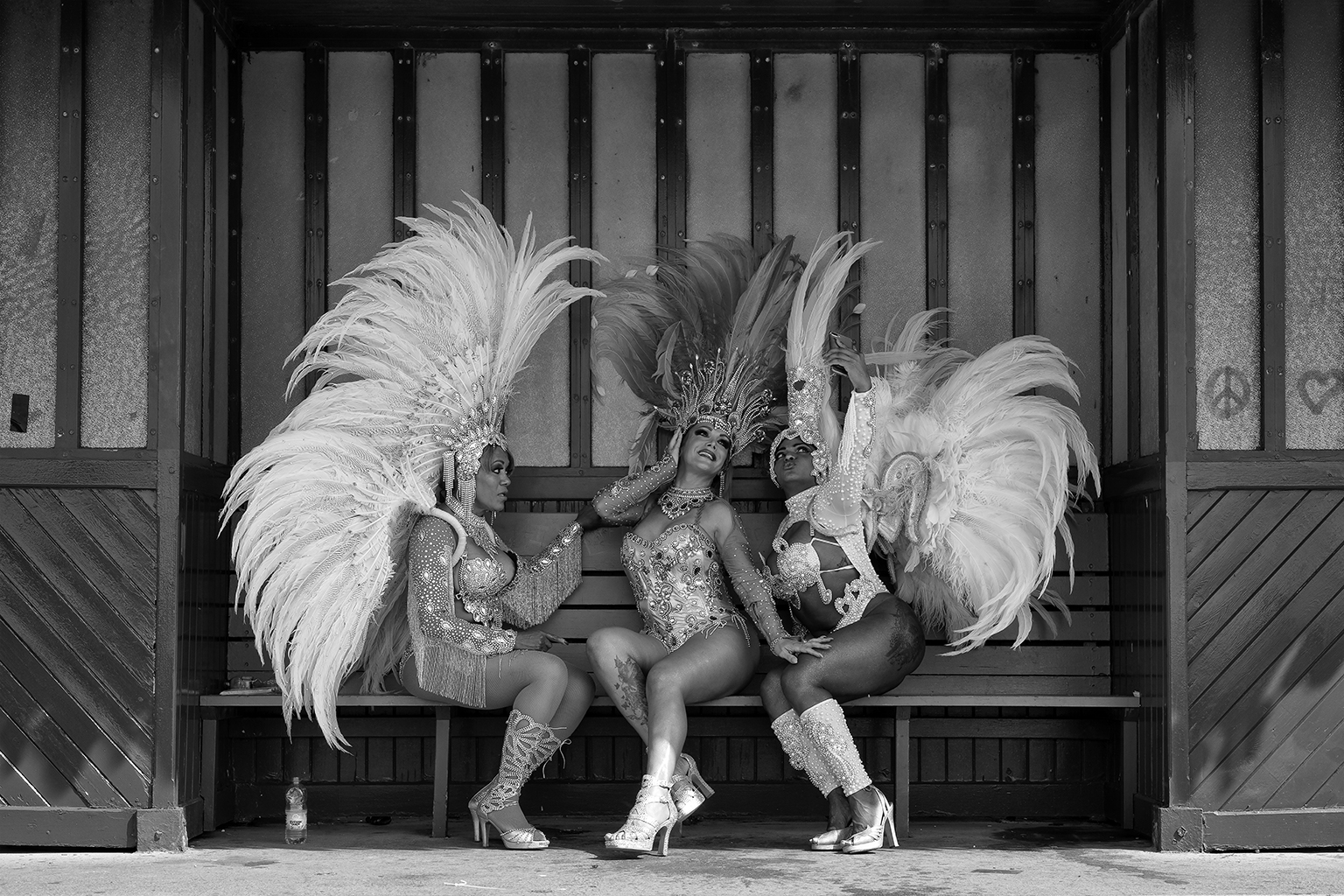
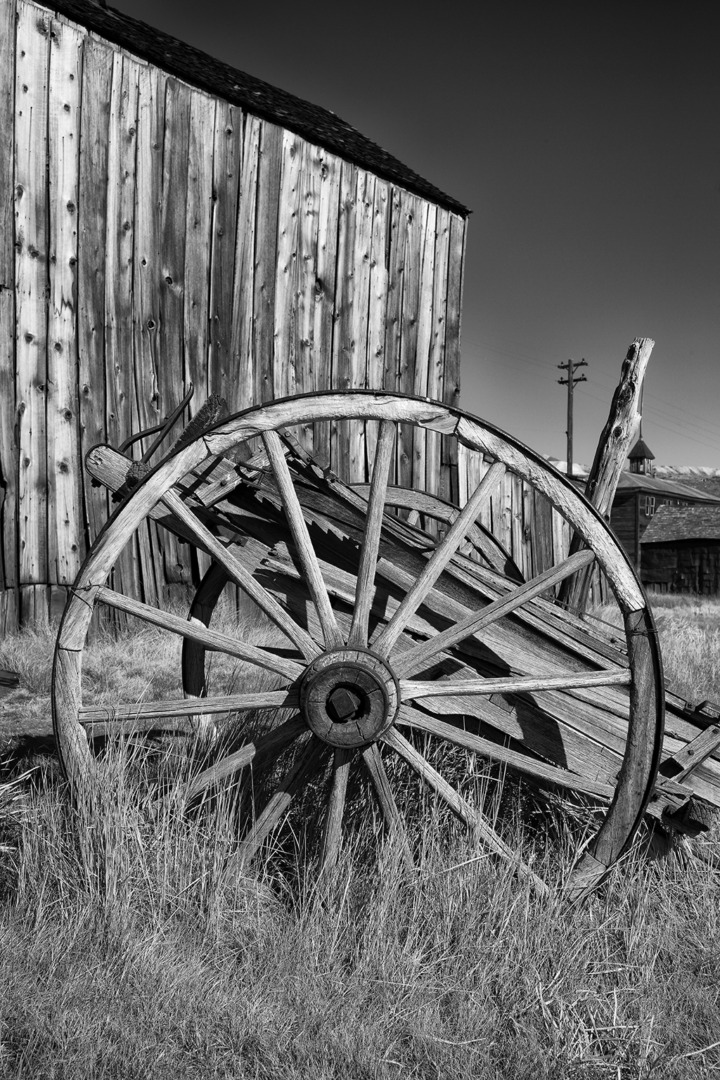
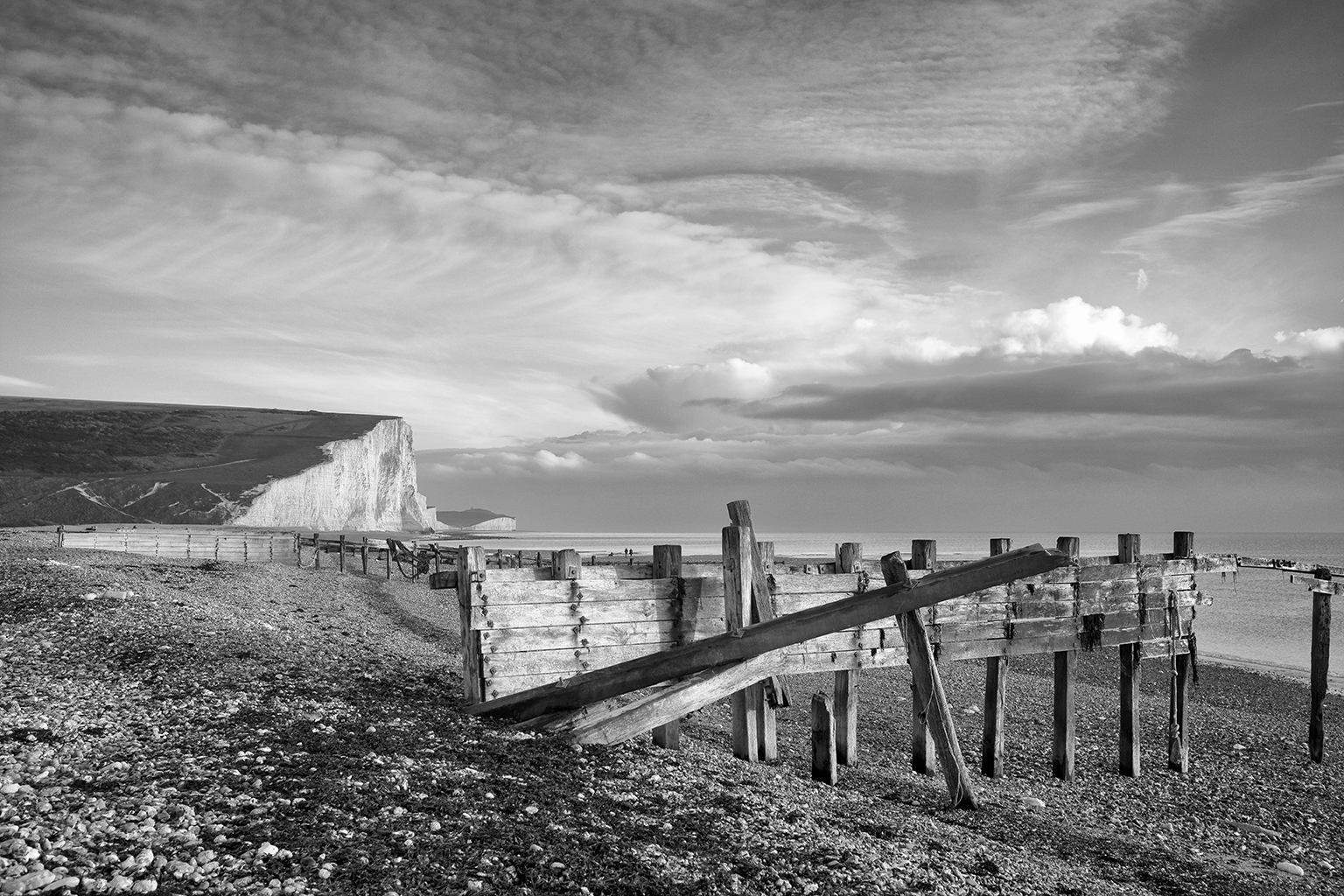
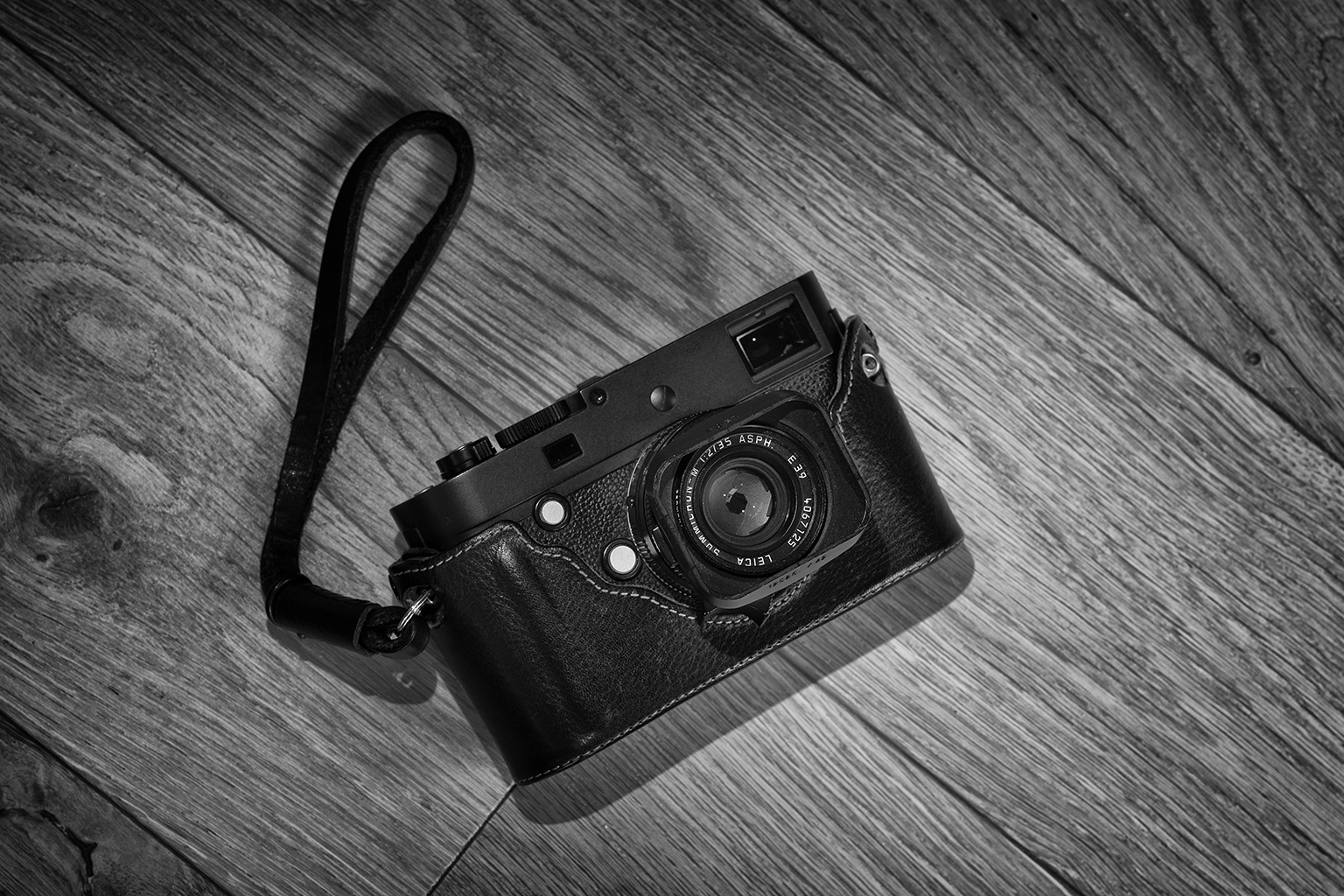
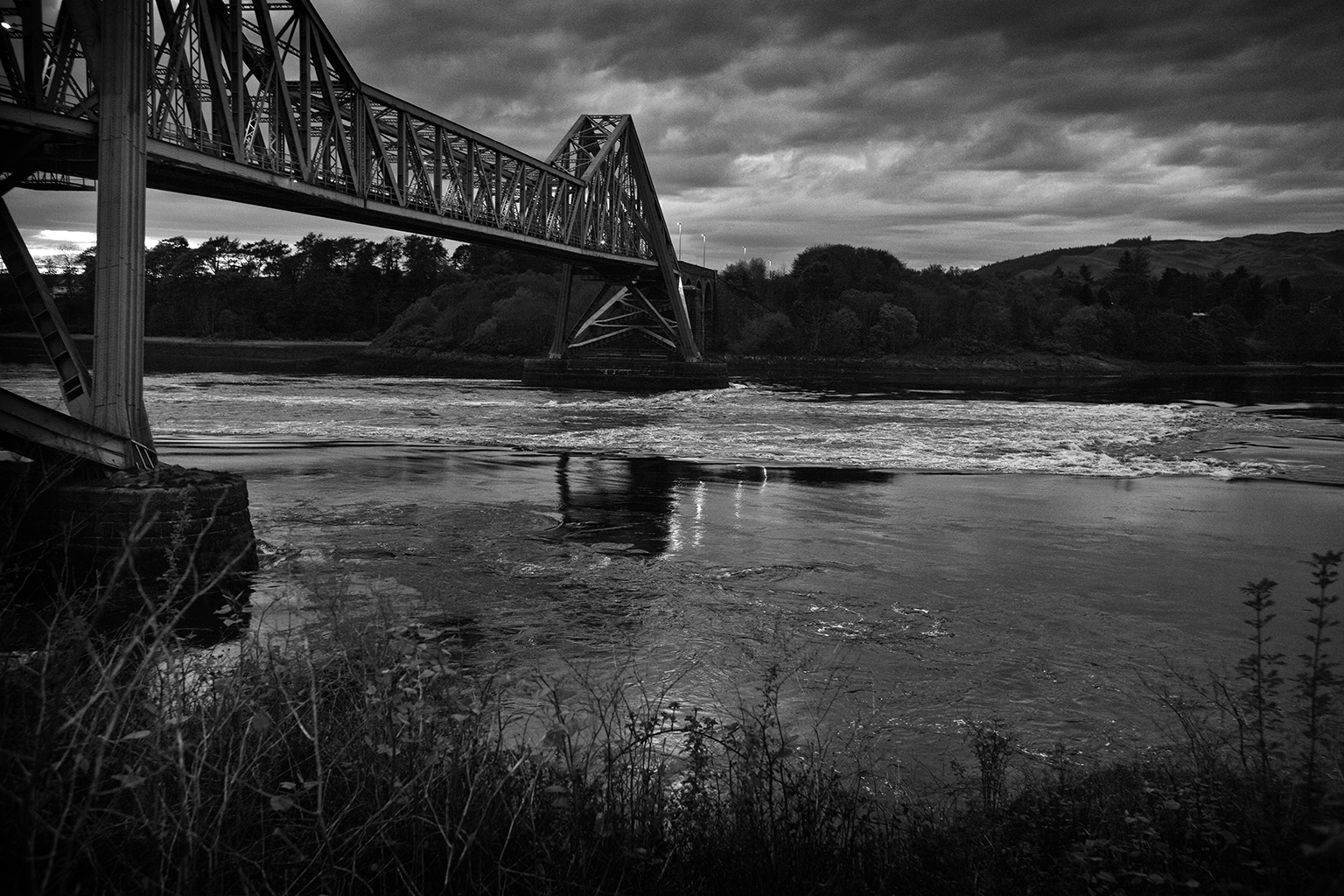
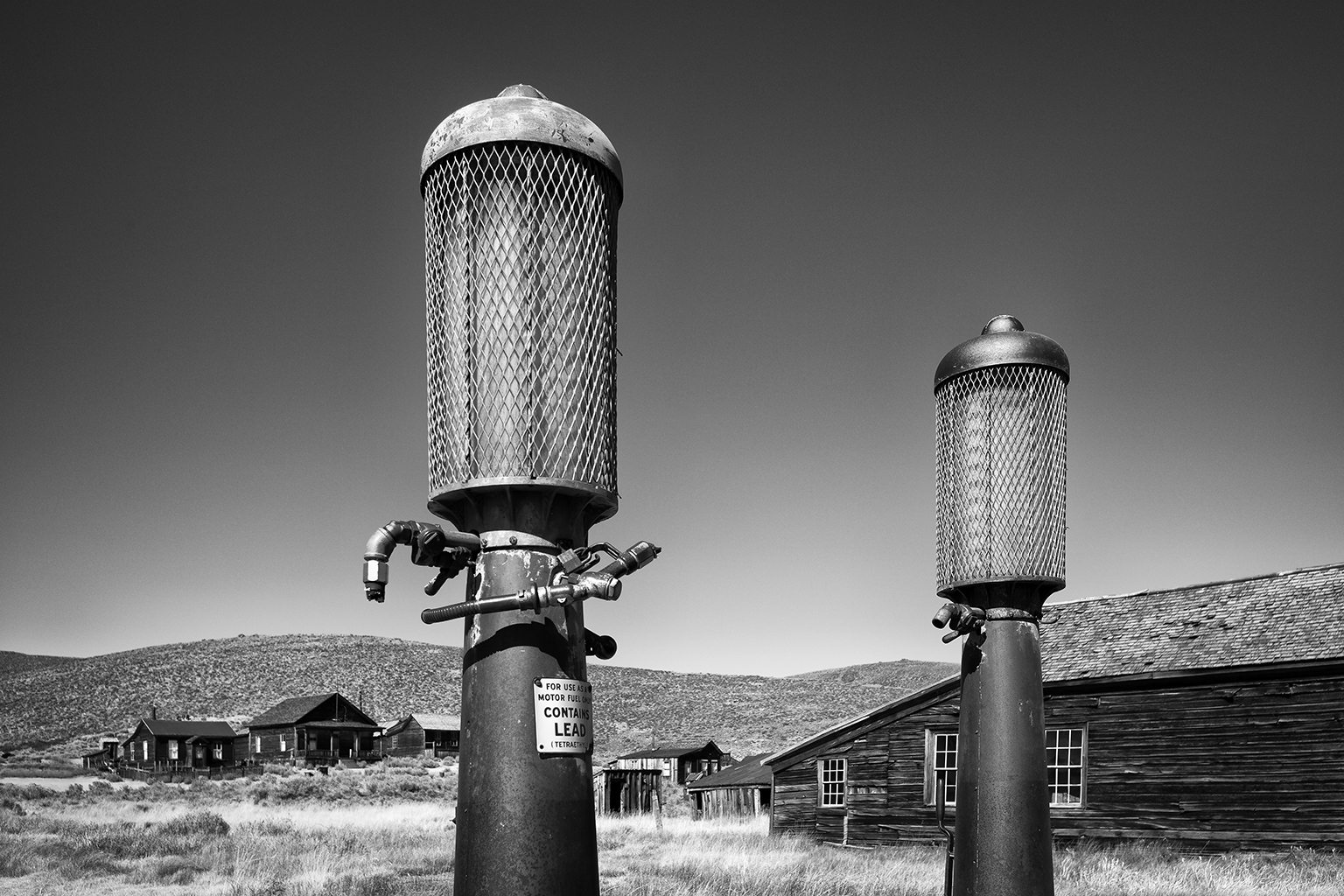
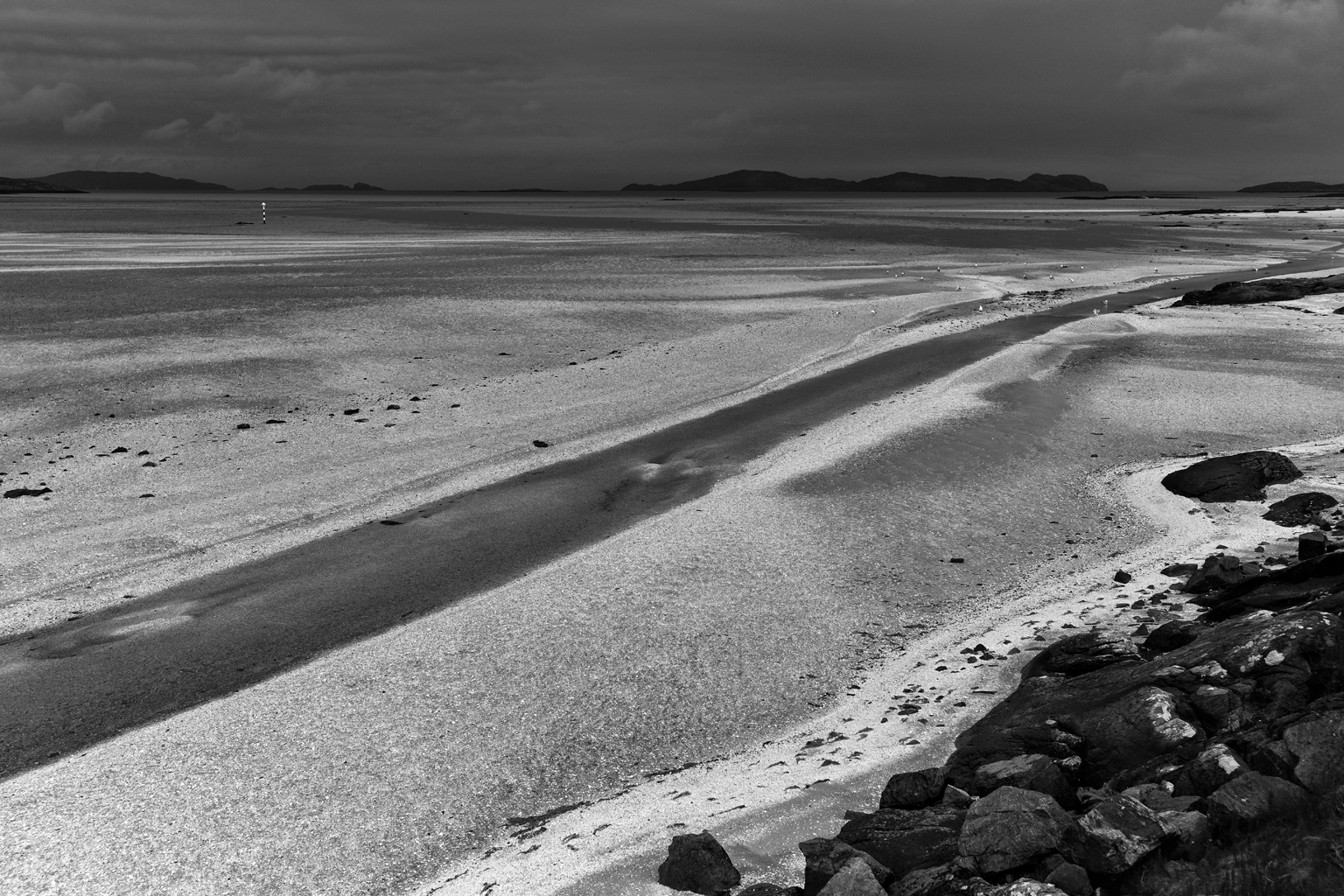
Thanks for this John. Sometimes you have to shed something to get more out of an experience. That is what I discovered when I got hold of a 246 not long after the pandemic struck. The absence of choice in camera proved liberating.
I am interested in B and W photography, at the moment I am using
a M 240
Would I be better with a M 8, M9 or a Leica monochrome with a CMOS
SENSOR. Any information will be appropriate
I ignore why the M8 is still so pricey and with such a reputation. The camera is an ugly slow tank with a dust magnet sensor. Yes, it has no alias filter no IR free, so in color every black cloth becomes purple; though no wonders in b&w. Nothing you can do with it is more than hundredth of what a CL does. Even infrared
I love black and white photography and would love to own a Leica Monochrome, plus the rest of the digital paraphernalia that goes with it. But this is out of my price range so I’ll stick to Try-X and SFX in my two Barnack cameras and my M6.
John, thank you for your thought-provoking and interesting account of how you came to enjoy modern monochrome photography. I also started my photographic life with black and white. Perhaps that is the reason I cannot view any black and white picture without a nostalgic flash-back.
Monochrome will always be evocative of past times; a bygone era. The more so when the colour of the black tone strays to include colour, as in sepia prints. They are redolent of the historical. For my personal photography nowadays, a picture drained of its natural colour is an opportunity lost. That is just my opinion, reflecting progress over time. But that does not mean that I do not enjoy good black and white photography. Your picture of the old petrol pumps and cartwheel, sit nicely in my view of monochrome.
I keep waiting for Gary Cooper or John Wayne or Sir Alec Guinness to show up in your photos, simply totally enjoyable!
Such an illuminating article! Thank you. You have actually helped me to see better what it is I enjoy about monochrome. I’m afraid a mono camera is far beyond my pocket, so I’ll have to be content with what I quite see is a different kettle of fish – the mono setting on my X Vario. But your images are a sheer delight!